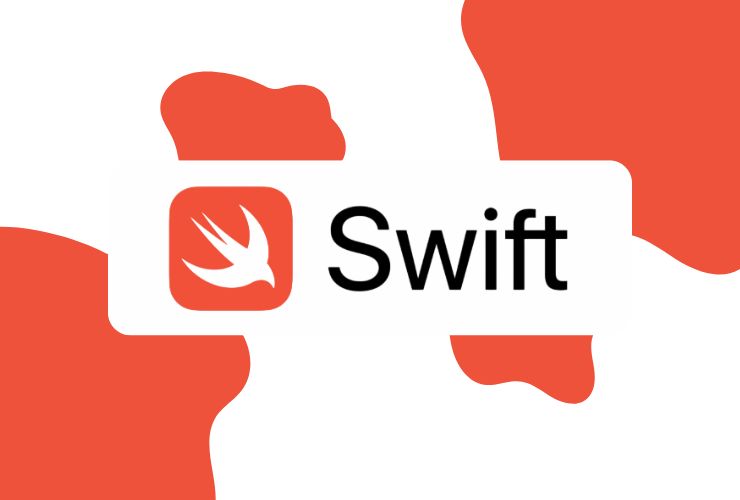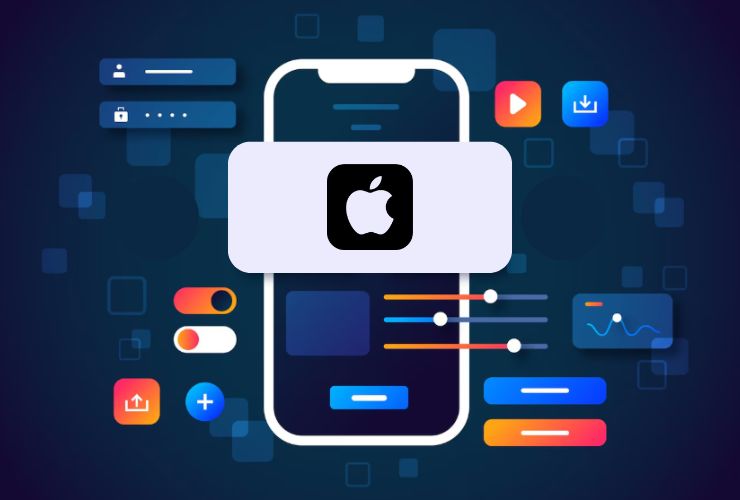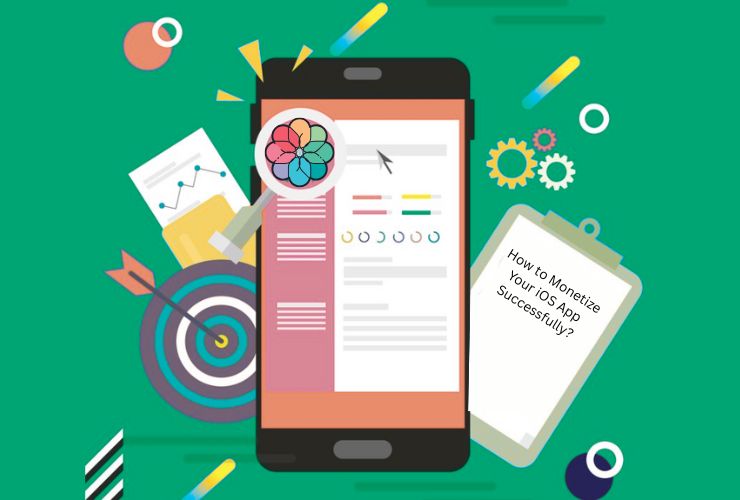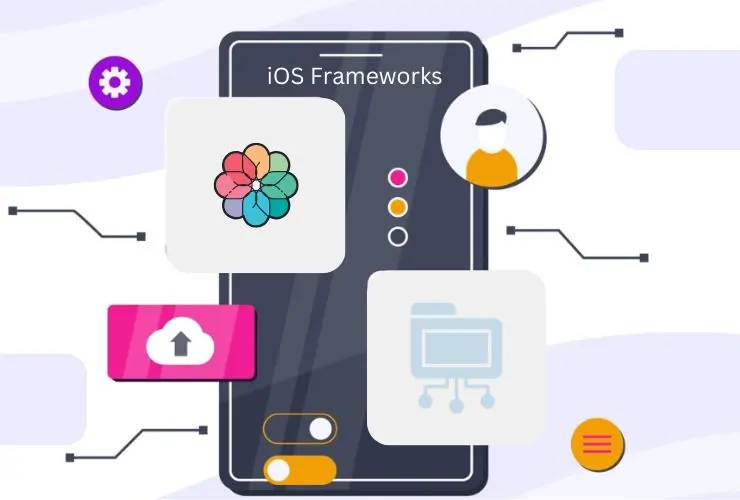Machine learning is dramatically changing the way applications engage users. Through smart predictions, tailored recommendations, and real-time data processing, it adds intelligence to the app experience. Apple’s Core ML framework provides an easy way for developers to import and utilize trained machine learning models in an iOS application, enabling the creation of intelligent and powerful AI-supported experiences.
Core ML has some distinct benefits over machine learning models that happen in the cloud. One advantage is that it runs a computation locally as opposed to in the cloud, which allows for faster performance and response stability. Core ML also allows for better privacy and offline functionality to continue the user experience even without an internet connection. As AI becomes increasingly prevalent in our modern apps, Core ML allows iOS developers to implement machine learning features into their applications while providing a solid intuitive user experience and without sacrificing performance.
This article will discuss how Core ML works, the advantages of Core ML, the types of models, the most common scenarios, advanced strategies for integration, and best practices for machine learning into an iOS applications.
What Is Core ML?
Core ML is Apple’s proprietary machine learning framework optimized for iOS, iPadOS, macOS, watchOS, and tvOS. It streamlines the ability for app developers to run trained machine learning models on Apple devices, without relying on internet or server-side computing.
Core ML favorite features include:
- Reasonably Fast, On-device Processing: Everything happens on-device, making it quick, private, and reducing latency in the experience.
- Multiple Model Type Support: Core ML supports models for image recognition, natural language processing, sound analysis, tabular data prediction, and beyond!
- Integration Types: Core ML is designed to integrate easily with Apple frameworks—for example, Vision for image processing, Natural Language for text processing, and ARKit for AR experiences.
When using Core ML, iOS apps can perform tasks like recognize images in real-time, predict user behavior, interpret text, and detect sounds, and does not require a large backend infrastructure to do so.
The Importance of Core ML in iOS Applications
Core ML has a number of advantages over traditional AI cloud services:
- Improved User Experience: Applications can deliver intelligent, contextual features, such as personalized recommendations, intelligent search, or adaptive UI elements.
- Better Privacy: All data is processed on the device, so sensitive user data is not disclosed to any third parties.
- Faster Performance: Running ML models locally reduces latency, which allows real-time predictions and interactions.
- Seamless Integration: It works well with Apple’s platform, making it easy to use machine learning with other Apple frameworks, such as Vision, Core Image and ARKit.
- Reduced Backend Dependency: No need for continuous cloud connectivity – this is critical for offline applications.
Overall, these benefits will prove useful for developers who wish to create iOS applications that are fast, intelligent, and private.
Key Use Cases for Core ML
Core ML is the platform that provides a number of AI-driven features for iOS applications:
- Image Classification: Detect objects (including faces, animals, landmarks, or even emotions) in images and videos. Use cases for this might include photo editing applications, security apps, or augmented reality filters.
- Natural Language Processing (NLP): Understand the sentiment of text, classify documents, provide smart auto replies, or voice assistants.
- Predictive Analytics: Predict user behaviors, recommend content, or improve flows in applications based on historical data.
- Sound Classification: Identify particular recognized sounds such as alarms, voice commands, or other sounds in the environment associated with accessibility apps or health monitoring.
- Augmented Reality (AR): Combine core ML and ARKit to create unique experiences such as interactive games, virtual try-on experiences, or recognition of objects in the real-world.
With these features, apps get smarter, more engaging and enable a more tailored user experience.
Advanced Integration Strategies
If you want to get the most out of Core ML, consider these more advanced strategies.
- Model Optimization: Quantization, pruning, and compression can help reduce model size and optimize on-device performance, all without sacrificing accuracy.
- Dynamic Learning: Core ML models are static, but you can retrain the models on the server side periodically, and then bundle them into your app when you update it to improve prediction performance.
- Hybrid AI Approach: Combine the power of Core ML with cloud-based AI where extended computation and large datasets are required, while retaining sensitive predictions for on-device local processing.
- Multi-Framework Integration: Increase an app’s capabilities by integrating Core ML with Vision, Natural Language, or ARKit to seamlessly combine multiple AI-powered capabilities.
These strategies will enable developers to build very sophisticated AI applications, while continuing to balance performance, accuracy, and privacy.
Best Practices for Working with Core ML in iOS Applications
- Choose the Right Model: Models optimized to run on-device will ensure your app is not hindered by using a model that is not optimized for on-device performance.
- Test the Model with Real Data: You should evaluate model predictions against real-world datasets to avoid extensions from unexpectedly in the production process.
- Monitor Performance on Device: Monitor memory usage, CPU load, and response times to provide a consistently smooth user experience.
- Keep Information Private: Ensure all processing of sensitive data occurs locally on device, and unnecessary data is never transmitted.
- Provide User Feedback: Let users know when ML features are in use to enhance transparency and trust.
- Regularly Update Models: Incorporate improved models in app updates to maintain accuracy and relevance.
By following these best practices, developers can maximize the effectiveness of Core ML while delivering a high-quality, user-friendly experience.
Future Directions of Core ML in iOS
- Personalization on Device: Applications will take advantage of an individual’s usage behavior and preferences to provide personalization without the need for cloud support.
- AI-Eased AR Experience: Blending Core ML and ARKit will open the door to smarter and more contextually aware augmented reality applications.
- Voice AI: Core ML, Used in conjunction with Natural Language, would provide advanced recognition of sound through applications for sentiment analysis and conversational AI.
- Cross-Platform AI Solutions: Apple may continue to expand Core ML support for macOS, watchOS, and tvOS, allowing developers to build powered applications across the entire Apple ecosystem.
These directions suggest that Core ML will remain a core component of iOS development for years to come.
Conclusion
The introduction of Core ML into iOS applications enhances the potential for intelligent data applications to create meaningful customer experiences while providing functionality with enhanced privacy protections. Core ML now includes applications for image recognition and sound recognition while coming from basic predictive analytics to emerging augmented reality experiences – providing developers with the ability to build amazing applications that build applications that stand out in the App Store.
With a thorough understanding of the framework, selecting the appropriate models, using advanced strategies, and staying true to the best practices, iOS developers can leverage the power of machine learning to create smart, high-performing, and interactive applications that delight users.














